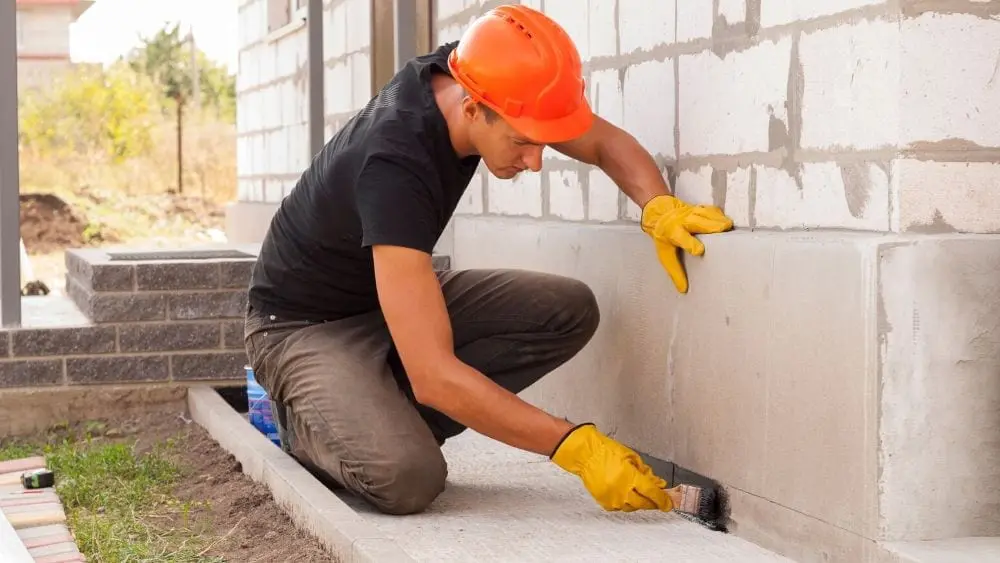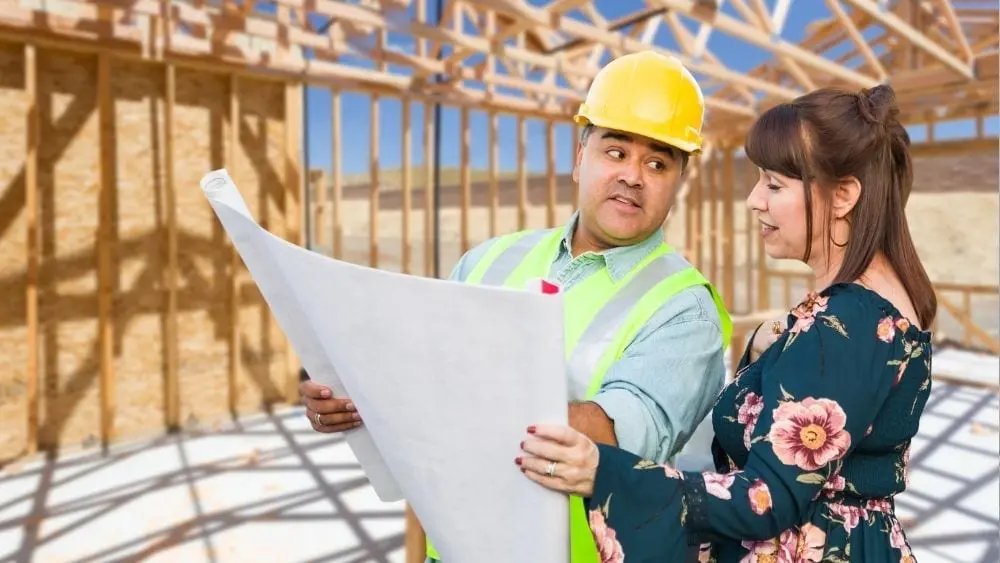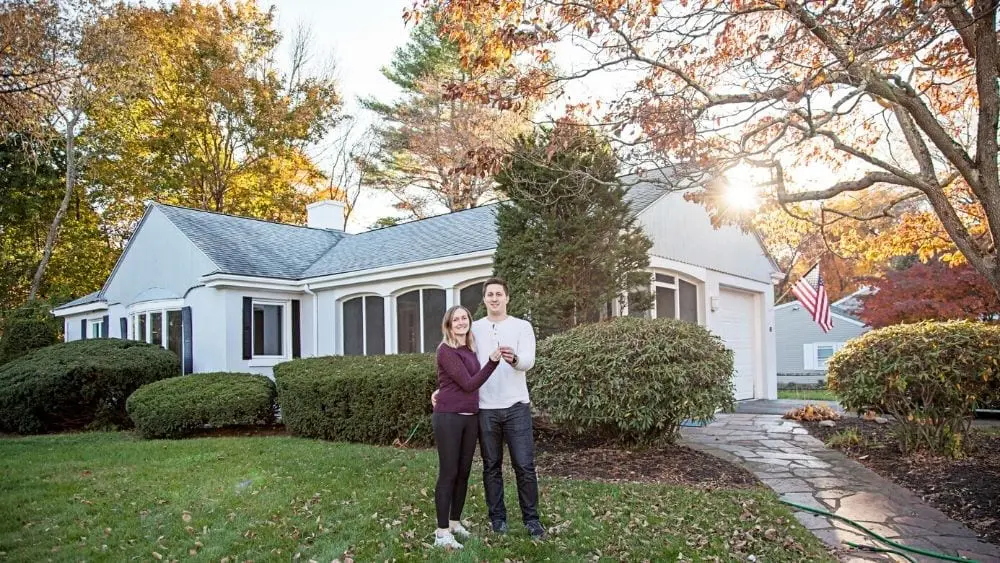
When shopping for a new home, it’s easy to get caught up in the bright and shiny features and add-ons before anything else. New homebuyers should take the time to consider the less exciting (but equally important!) structural elements of their investment. The strong bones of the house will determine its long-term value. A home with stability and longevity will save money in the long run on repairs and play a part in generations of happy memories to follow.
To increase stability and overall lifespan, a post-tension foundation is an ideal option for single-family homes. It not only functions as a safeguard against cracking in highly-unpredictable soil conditions and wet climates, but it also adds to the home’s value.
Because of its unparalleled versatility, a post-tension foundation is compatible with any home type from a sprawling ranch layout to a two-story estate. This type of foundation also uses less steel, which reduces costs. While there are minor drawbacks, the post-tension foundation provides critical support and high-quality structural benefits that any homeowner can enjoy.
What Is A Post-Tension Foundation?

Simply put, a post-tension foundation is a specific type of slab-on-grade foundation. The concrete is reinforced with threaded steel cables that are tensioned after the concrete cures. To allow the cables to slide more easily after the concrete hardens, the steel is encased in plastic sheathing to prevent the cables (tendons) from touching the hardened concrete.
The plastic sheathing is stretched post-pour, which tightens the slab and applies intense force to the concrete system to create a heavily-compressed state. A slab without reinforcement holds a very low tensile strength and is prone to cracking as the soil shifts. However, in a highly compressed state, a post-tension foundation can reduce the potential for breakage.
Post-tension foundations are often compared to standard rebar foundations in which a grid of strong steel is set in the poured slab for reinforcement. There are benefits and costs to both options, but the differentiator is how the rebar is tightened.
Benefits
When considering a post-tension foundation, you will want to consider the qualifies that make it an excellent choice for any new home.
Ideal for “Problem” Soils
Post-tension foundations are extremely versatile and may be the ideal solution for environments that do not support other types of home builds. Particularly in the Gulf Coast region and tropical areas with largely expansive soils that have a tendency to shift periodically, a post-tension foundation operates as a stiff apparatus to resist cracking. Similar to a boat that rocks back and forth on the waves as one large fixture, the foundation will ride the soil movements as it shrinks and expands with moisture changes.
Simple Installation
Compared to the intricate arrangement of rebar that must be laid with precision for a standard conventional slab, the post-tension cables are easier to install. Experts will need to use specific machinery to tighten the cables once the slab hardens.
Less Steel Usage
There are two major benefits to using less steel in the home’s foundation. The first one is the structure becomes more lightweight than a conventional rebar foundation; it is also easier for the construction team to pour the concrete due to its placement and extra space for the cables.
Second, there’s an economic benefit. In general, a homeowner can expect to spend about $4.50 to $5.00 per square foot on either a post-tension or conventional rebar foundation. However, the total expense relies heavily on steel’s current market price. Steel is an expensive material, which translates into savings for the homebuyer.
Easier Inspections and Repairs
Fewer cables embedded in the slab than an intricate rebar grid means a simpler and straightforward inspection. Problems can be identified easily and quickly and be repaired before they become significant.
Increase in Home Value
New homes with a post-tension foundation are highly regarded as having inherent strength and structural integrity. Any builder can vouch for the importance of improving the home’s stability and longevity with the installation of a post-tension foundation. When it comes time for resale, knowledgeable buyers will recognize the home’s long-term value and be willing to pay more for this important structural feature.
Challenges

While there are many wonderful benefits to consider, there are a few minor challenges to keep in mind when choosing a post-tension foundation.
Minor Curing Cracks
When the foundation is initially poured, there is a vulnerable stage that occurs briefly in which the slab can experience minor cracking at the surface. Prior to tension and after about a week or so of curing, the slab becomes a thick chunk of concrete without tensioned cables to support the bulk of its weight. As a result, the longer ends may sink and allow the middle to buckle. Long, tiny cracks or webs will appear on the surface but do not cause an issue structurally. They may be an aesthetic issue in areas that remain uncovered by tile or wood surface coverings, such as garage flooring.
“Do Not Cut or Core” Warning
When post-tension slabs are set, the builder will often include a stamp that warns the homeowner against cutting or drilling into the foundation. Cutting into this type of foundation can be particularly risky for even the most highly-trained construction expert due to the high level of tension suspended in the concrete. If a jackhammer accidentally strikes a cable, it may cause irreparable damage to the home, cause serious injury, and even death.
Home Remodeling Challenges
As previously stated, cutting into post-tension slab foundations can be particularly dangerous and should be avoided. When the bars rip through the slab, they become nearly impossible to repair. Homebuyers should consider any future plans for remodeling, which may prove to be a challenge if it involves adjustments to the foundation.
Phenomenal Foundation Fit

When considering options for building a dream house from scratch, homebuyers should consider the fantastic benefits of a post-tension foundation. Its structural integrity, economic pros, and overall quality makes this a great option in any climate for any home.

Melanie Theriault is a writer, counselor, and lifelong learner. She holds a B.A. in Sociology from Southwestern University, where she discovered her passion for fostering human connection through storytelling.
 Home Theater Designs for Cinefiles
Home Theater Designs for Cinefiles
jdrctexas
Is it possible to get the estimated sqft cost of a post-tension concrete
foundation that was installed June of 2022?